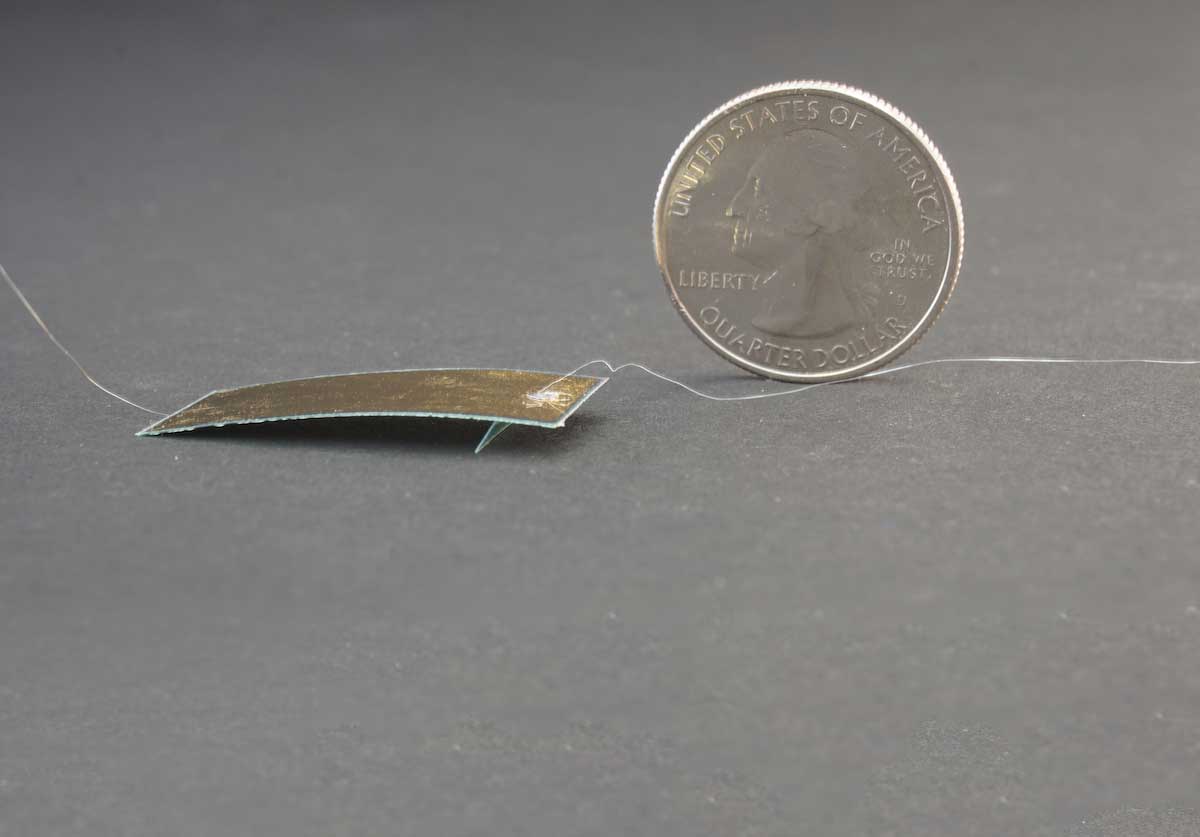
Cockroaches are notoriously difficult to kill. They can survive high levels of radiation, hold their breath for 40 minutes and live for a week without a head.
This made cockroaches a natural inspiration for researchers at UC Berkeley, US, when designing a small, durable robot that can survive being stepped on by a human.
Despite weighing less than one-tenth of a gram, the ‘cockroach robot’ can withstand the weight of around 60kg.
This is roughly the average weight of a human and approximately one million times the weight of the cockroach robot.
“People may have experienced that, if you step on the cockroach, you may have to grind it up a little bit, otherwise the cockroach may still survive and run away,” said Liwei Lin, a professor of mechanical engineering at UC Berkeley and senior author of the study.
“Somebody stepping on our robot is applying an extraordinarily large weight, but [the robot] still works, it still functions. So, in that particular sense, it’s very similar to a cockroach.”
How well do you really know your competitors?
Access the most comprehensive Company Profiles on the market, powered by GlobalData. Save hours of research. Gain competitive edge.

Thank you!
Your download email will arrive shortly
Not ready to buy yet? Download a free sample
We are confident about the unique quality of our Company Profiles. However, we want you to make the most beneficial decision for your business, so we offer a free sample that you can download by submitting the below form
By GlobalDataHow does the cockroach robot move?
The cockroach robot is made from a thin sheet of a piezoelectric material called polyvinylidene fluoride (PVDF).
Applying an electric voltage to the cockroach robot via a thin wire tether causes the PVDF material to expand and contract. This creates a “leapfrogging” movement that propels the robot forward.
Although in early stages of development, the researchers see a use for small and tough robots during search and rescue operations.
“For example, if an earthquake happens, it’s very hard for the big machines, or the big dogs, to find life underneath debris, so that’s why we need a small-sized robot that is agile and robust,” said Yichuan Wu, first author of the paper.
The cockroach robot can move at a speed comparable to a real cockroach. It can also move through tubes, climb slopes and carry a peanut, which is six times its own weight.
“Most of the robots at this particular small scale are very fragile. If you step on them, you pretty much destroy the robot,” said Lin. “We found that if we put weight on our robot, it still more or less functions.”
The researchers are now looking at making the cockroach robot battery operated and to improve the design to steer it around obstacles.
The findings were published yesterday in the journal Science Robotics.
Read more: The robots of the future could be frilly — thanks to sea slugs






